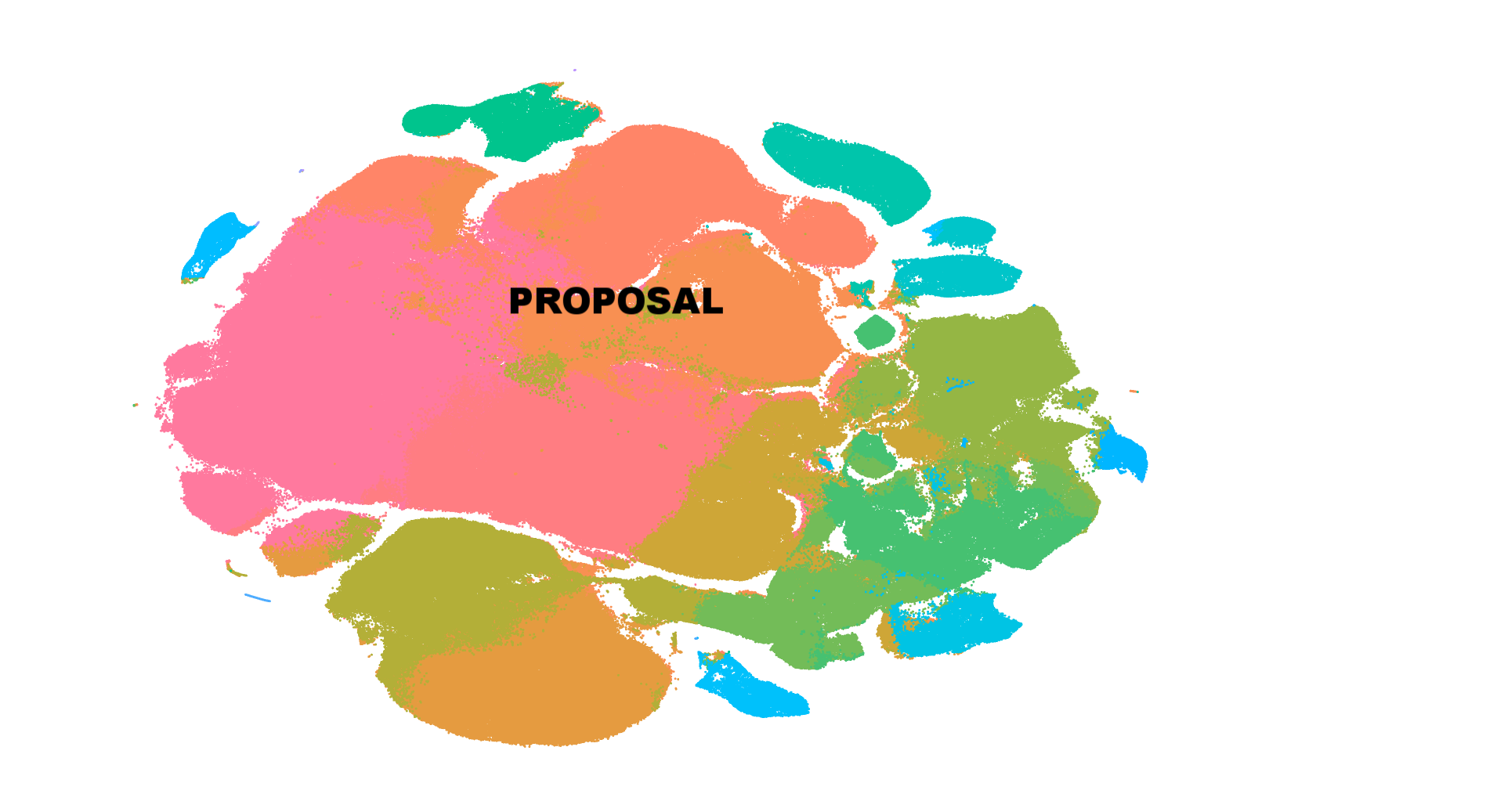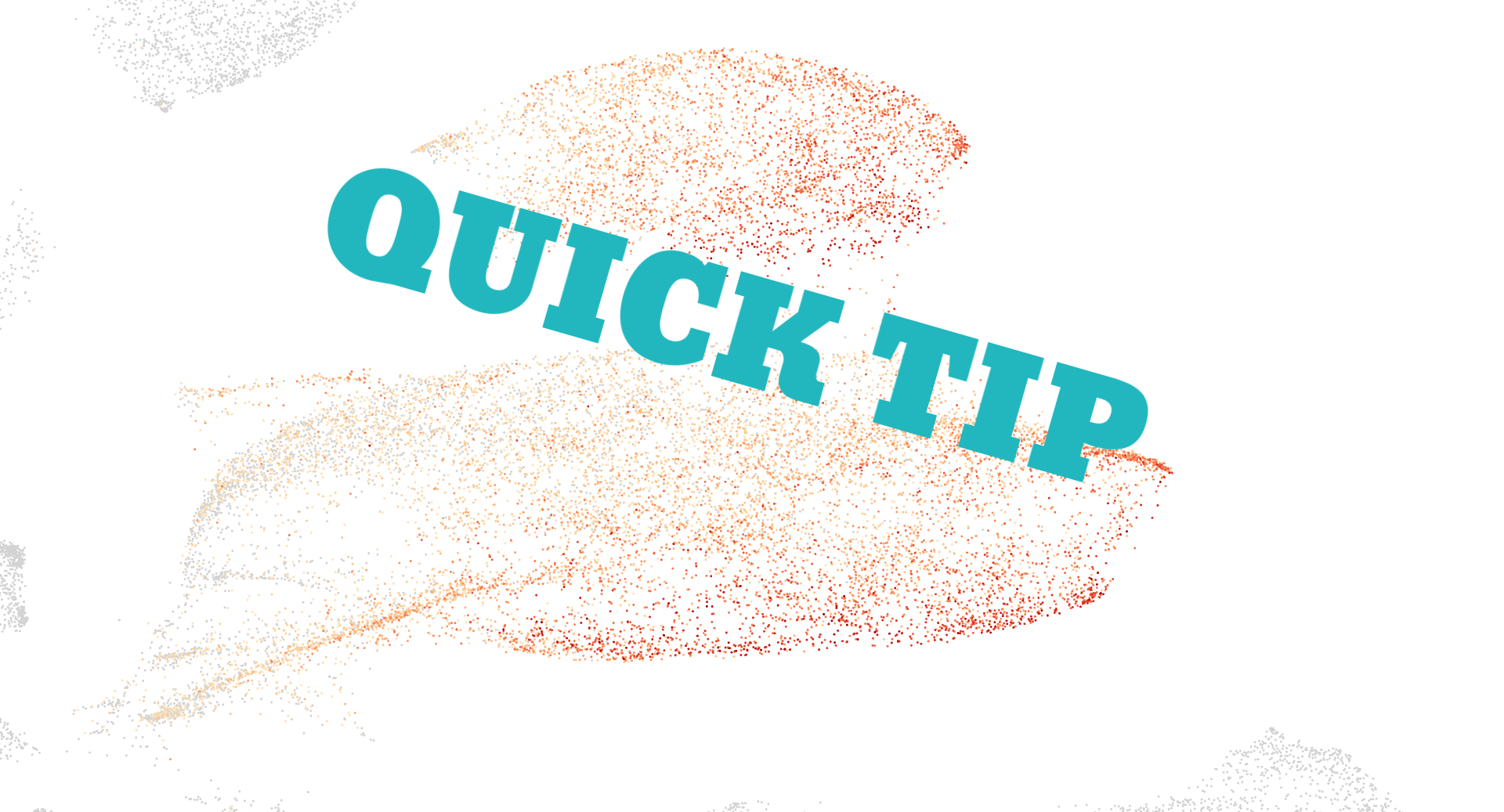Comprehensive Binders Proposal
Last week (Feb 23-24, 2017) I attended the Human Cell Atlas at Stanford (HCA-Stanford) meeting -- in part because the Chan Zuckerberg Initiative is interested in being involved. CZI is going to have a request for proposals (opening mid March, closing mid April, 2017). Below is my suggestion list (originally as an email to an attendee).
The headline is the (two year old) table of fluorescent protein biosensors. A newer list is available at http://www.geomcnamara.com/fluorescent-biosensors
(part of a Current Protocols chapter I am updating).
@Chan Zuckerberg Initiative
I lobbied for this [to one attendee affiliated with CZI] near the end of the Friday AM session at Human Cell Atlas at Stanford University (HCA-Stanford). I anticipate submitting this to the upcoming formal request for proposals to Chan Zuckerberg Initiative for projects.
Comprehensive "binders" for all human and pathogen macromolecules AND release the sequences into the "open", i.e. public domain, if possible, or a whole lot of provisional patents to the USPTO and WIPO so the legal systems acknowledge the sequences (DNA, amino acid sequences). You might also want to fund project(s) to make possible the biological equivalent of 3D printing, where "a bioprinter in every village" could "print" binders (monomeric, linkable for multivalency if needed) for use in portable diagnostics reagents (ex. use with iPhone with fluorescence) and possibly therapeutic (anti-toxin for scorpion, spider, snake venom or poison).
I use macromolecules here in the generic sense, since using "antigen" would imply I am encouraging the generation of antibodies. It may be that "camelid" (camel or llama) VHH nanobodies libraries in phage display formats will be a major source of "binders", it may be a few formats will be needed.
Plenty of pathogens, may want to prioritize the top 12 superbugs that WHO listed, and that Wellcome Trust (host of first URL) wants to make antibiotics to:
https://wellcome.ac.uk/news/who-lists-12-superbugs-threatening-human-health
http://www.nbcnews.com/health/health-news/who-s-superbug-list-enemy-no-1-bug-plagues-soldiers-n726311
I suggest some "binders" to pathogen surface molecules could be useful for this. A possible source of binders for microbes: the proteins that bacteriophages use to bind their targets. Maybe would even be possible to redirect (some) phages with the CZ binders.
For Human Cell Atlas, prioritization could be for "surfaceome" (CD4, CD8, CD19, CD34, CD45 being examples on blood cells) and "secreteome" (hormones, neuropeptides, cytokines, antibodies, cleaved receptors). There are a lot of post-translational modifications on the surfaceome (too many for this email!), including cleavage of surface molecules to release both "secreteome" molecules and (what I'll call) "stubome". For example: Transmembrane tumor necrosis factor tmTNF) gets cleaved to release TNF-alpha and a "stub" (see also Notch for signaling the other direction).
I also note that it may be possible to have both heat stable binders and inexpensive fluorescent molecules (desthiobiotin-fluorophore or dessication resistant fluorescent proteins) that would enable the diagnostics to be "self lighting".
Sub-cellular protein (macromolecular) atlases: I propose Chan Zuckerberg Initiative also fund comprehensive mapping of where molecules are in cells. The way cell biologists have done this for decades, immunofluorescence of "roadkills" on coverglasses is stupid, see, for example,
http://www.proteinatlas.org/ENSG00000141510-TP53/cell#human
and that this can be done much more efficiently with cells in micropatterns, such as PubMed 20512144 (their Fig 1 shows ~20 cells in a micropattern gives a lot more information than 100s of roadkill cells) and 22586080 (as two examples). There are several interesting micropatterns, with some micropatterns enabling exploration of different phenotype space, and also highlight drug discovery and analysis, as for Blebbistatin in PubMed 21189468 (also to minimize edge effects, the outermost spots could be the letters C Z and CB). A video is worth a thousand words, so
https://www.youtube.com/watch?v=SZkBJnFx5yY
https://www.youtube.com/watch?v=AvwOnqSWqh4&t=16s
Going beyond static atlas(es): "there's a biosensor for that, and that and that". I had a poster on this at the HCA-Stanford meeting (and am happy to send you the PDF) have a simple online table listing over 100 fluorescent protein biosensors, http://www.geomcnamara.com/fluorescent-biosensors
This list is largely derived from two sources, http://biosensor.dpb.carnegiescience.edu and 21456512 (the senior author, Prof. Jin Zhang, is 'the new Roger Tsien', both at UCSD and worldwide).
I propose that Chan Zuckerberg fund:
* Fluorescent proteins: making the best, brightest, and most useful in other ways be "open" to everyone (i.e. public domain sequences, plasmids available to everyone through addgene, no restrictions) ... that is, pay to own and open the existing best, and fund the development of further improvements (are you driving a Ford Model T or a Tesla?).
* Fluorescent protein biosensors and reporters, open (biosensor = bind to an analyte, change color, brightness etc immediately; reporter = some change in subcellular location, expression level, turn on or off a downstream FP, etc -- a nice example of triple kinase activity reporters in live single cells is Regot et al 2014 Cell, PubMed 24949979; I note that "T-cells are hot" and that a nice pair of GFP-fusion panel to immune synapse papers is PubMed 19351954, 21971040 ... and would have been even better if they used state of the art green fluorescent protein and added more colors as landmarks). Many of the biosensors are based on bacterial periplasmic binding proteins (PubMed search: frommer maltose fluorescent ... these sensors can tell maltose from glucose; current best glucose biosensor is Loren Looger's dark to green in fig 5 of PubMed 27716484). Some of the pathogens above will have nice ligand binding domains -- potential for a connection to the comprehensive binders project (which would make 'binders' to the pathogens surfaceome, and periplasmic-ome, and intracellular molecules).
Back to toxins/venoms component of "secreteome" ... scorpion (and spider, microbes, etc) toxins are public health issues. Supplies of many antivenoms are apparently running low, for example, a recent story, http://www.bbc.com/news/world-australia-39075961
and
http://www.snakebiteinitiative.org/?page_id=696 (I encourage reading).
Chan Zuckerberg could make "synthetic" antivenoms at scale (and using heat stable components, and/or "bioprinters" that work "on demand" ... and an iPhone image could provide taxonomy of the biter)
http://www.nature.com/news/synthetic-biology-tackles-global-antivenom-shortage-1.19755
I suggest anti-venom / anti-toxin binders that can operate therapeutically (and also be useful for affinity purification columns; diagnostics here may mostly need an image of the biter and web access and an app for species recognition) would be a nice way for Chan Zuckerberg to make an early impact by making and deploying useful "binders" (apparently Gates Foundation is into Africa but afraid of spiders?). I also note that many of the toxins and venoms have biological research use, and also other uses, such as "Botox" which I note is from a microbe. I also note that enterotoxigenic Bacteroides fragilis "ETBF" toxin may collaborate to be responsible for several percent of colorectal cancer (ask Pardoll or Sears about that: PubMed 27301879, 26201900, 25305284 ... other microbial toxins may contribute to other cancers).
Thanks for reading! Feel free to send this to anyone and to post any parts online.
George
geomcnamara@earthlink.net
713-239-0365 direct
305-764-2081 cell
p.s. I read [...] and see we have something in common: cyclic GMP and a gene that connects to it. In my case, Dictyostelium discoideum streamerF mutant (cyclic GMP phosphodiesterase gene) resulted in a cell behavior change that affected the morphogenetic movement of single cell (hmmm) and aggregation streams such that the normal 1 mm diameter (~1M cells) aggregation territories became many centimeters in diameter. In hindsight, I should have set up a 10 cm petri dish such that the streams would have reached all the way across the plate, or 'borrowed' a cafeteria tray and made tray wide aggregation streams.
p.p.s. micropatterns ... I have more thoughts on these, including:
* "take off" ... single cell RNAseq suffers from starting with "roadkill" looking cells trypsinized from flasks or plates. I'll guess this is 50% of cell to cell variation (if al lthe cells are in G0 cell cycle phase). It would be possible to make 1 well plates with identical micropattern, to "standardize" the cells going into scRNAseq (from cultures ... yes, I realize HCA would in principle work from biopsies ... much of that variance may be due to trivial distances from capillaries etc). I also note that with the right substratum, cells could be fixed, detached, put through Ed Boyden's Expansion Microscopy, and imaged at very high effective resolution (optional: re-attach to a surface, perfuse in/out more binders).
* "lift off" ... (thought experiment here): cells could be plated on micropattern(s), allowed to attach, excess washed off, then overlaid with 3D matrix, and imaged live while they go into the 3D extracellular matrix (which could be controlled in many ways in different wells of a multiwell plate). If you have an interest in cytoskeleton, skim through this Formin 2 paper, PubMed 27839864, and note how variable the cells are from within and across figures, and imagine consistent cells in micropatterns, and also consistent "lift off" as "identical twin" cells crawl into collagen etc (the Formin 2 protein goes from being "under" nuclei to making a cage around the entire nucleus, but the authors do not image that).
Disclosure: I do not have financial interest in CYTOO or any other companies mentioned in this post. I have proposed -- and put into the public domain -- my concept that to cure cancer patients with multiple chimeric antigen receptors (CAR) T-cells, I think ~10 CARs on one T-cell should be used (I0car for ~10 CARs for Immuno-Oncology). See bottom of
https://www.linkedin.com/pulse/nih-rac-june-2016-videocasts-now-online-george-mcnamara
for more on this. I also note the Ellebrecht 2016 paper (PubMed 27365313) on chimeric auto-antigen receptor (CAAR) may enable treatment of some types of auto-immunities (currently ~$60B per year business for pharma and biotech "biologics"). It might be possible to use the "binders" proposed above for CARs and CAARs. I am a consultant in the immuno-oncology field and am an (sadly for my bank account, unpaid) advisor to some companies in the light microscopy field.



